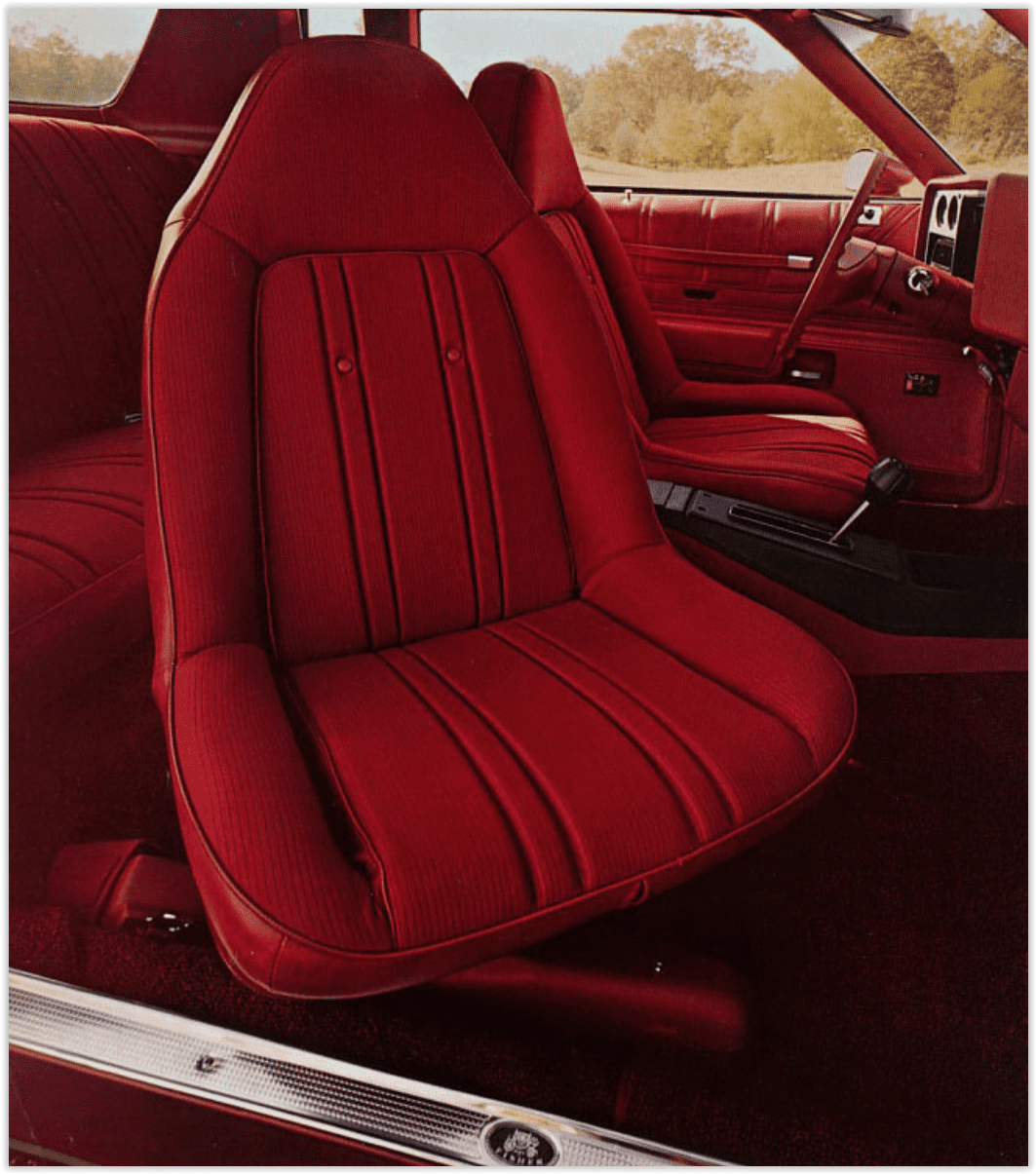If you’ve been in the car business long enough, you’ve come across some vehicle features that evoked a “What were they thinking?” comment or two. In truth, this is nothing new, as automakers regularly try to leapfrog each other with supposed innovations.
But for every HondaVac (a built-in vacuum cleaner for the Odyssey), there’s a Chrysler Highway Hi-Fi (a factory-installed record player sold in the 1950s). Some of these motoring mistakes have spurred further inventions, while others are best left to the history books or lists like this article.
With this in mind, let’s explore some of the most useless features available in a car.
Chrysler Highway Hi-Fi


The 1956 Chrysler Highway HI-FI phonograph player // Image credit: Chrysler (1956 marketing materials)
The appearance of FM-band radios in automobiles in the early 1950s proved the need for better car audio. Chrysler sought to capitalize on this rising interest by introducing the Highway Hi-Fi for the 1956 model year. The system featured a shock-proof record player installed underneath the dashboard.
But a limited number of special-format albums (owners couldn’t just use any vinyl) and unreliability doomed the idea within a few years. Yet, personalized music returned a decade later as the 1966 Ford Mustang became the first car with a dashboard-mounted 8-track tape player.
Iter Avto


The Iter Avto, which used a map on a scroll, is believed to be the first onboard direction guide // Image credit: London Media
The need to know where you’re heading is as old as the car itself. Long before anyone envisioned GPS, clever inventors sought to improve paper maps. Enter the Iter Avto in the 1930s, an aftermarket device that used rolling maps (like a player piano). Connected to the car’s speedometer, the system offered a rudimentary form of in-car navigation, but any deviation from typical routes would require resetting things. Plus, a driver still needed a general idea of their whereabouts. Launching a product in the middle of the Great Depression didn’t help either.
But, a solution to end the “Honey, I know where I’m going argument” didn’t end here. Honda and Toyota attempted technology-based solutions in the pre-GPS era of the 1980s. Mazda launched the first GPS navigation system in 1990 in Japan, followed by GM’s GuideStar in the U.S. a few years later.
General Motors Strato-bucket seats


1973 Chevrolet Monte Carlo strato-bucket seats // Image credit: Chevrolet (1973 marketing materials for Monte Carlo)
Ergonomics was the last thing on anyone’s mind during the turbulent 1970s, but that’s really what GM’s swivel bucket seats were all about. Available in larger coupes (like the Chevrolet Monte Carlo and Oldsmobile Cutlass Supreme), the Strato-bucket seats swivel 90 degrees for easier entry and exit. The automaker also marketed this option as an easier way to access the back seat.
But rotating seats never took off. Plus, buyers had to pay a hefty surcharge for a front passenger swivel seat that reclined. GM dropped the Strato-bucket seat option after 1977. However, the idea doesn’t seem so far-fetched today as automakers show off people-mover concepts with rotating seats.
Toyota Van ice maker
Before the bulbous Previa, Toyota sold the plain-named Van in the 1980s. While the vehicle’s design was as exciting as a washing machine, it offered one interesting option, an ice maker. The floor-mounted unit sat adjacent to the gear shifter and provided easy front-row access to a small refrigerator and a couple of ice cube trays. Cooling power came from the vehicle’s air conditioning.
Mercedes-Benz Air Balance


Mercedes-Benz Air Balance // Image credit: Mercedes-Benz
Not all useful car features came from the 20th century. In 2013, Mercedes-Benz debuted the Air Balance in its S-Class. While the idea of removing impurities from the cabin atmosphere is worthwhile, the system can also add fragrance to the interior. Via a glovebox-based canister, owners can select from scents like Nightlife Mood or Downtown Mood. Those wanting the smell of french fries will still have to visit the drive-in. The company continues to offer Air Balance on several models.




